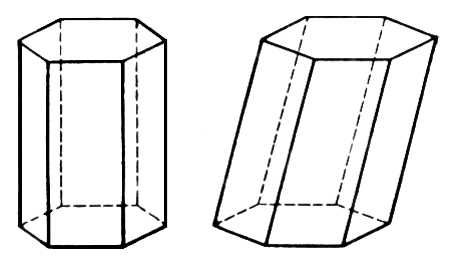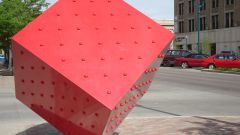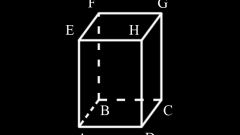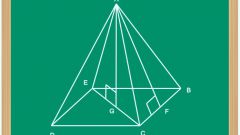Instruction
1
If you are dealing with a sloping prism, its height can be found, knowing the volume (V) of this prism and the area of its base (S MST). Based on the formula volume (V = S, DOS. x h), the height of the prism can be found by dividing the volume by the area of the base. Thus, if the volume of your prism – 42 cubic inches, and the area of its base is 7 inches square, its height will be equal to 42 : 7 = 6 cm
2
If the condition you are given a direct prism, its height is somewhat easier. As a straight prism lateral edges perpendicular to the bases, the length of each of these edges is equal to the height of the prism. The length of a side edge (and therefore altitude) can be found, knowing the lateral surface area (S side.) and perimeter of base (P OSN.) prism. Based on the fact that the area of the lateral surface of the straight prism is equal to the perimeter of the base multiplied by the length of a side edge, the very lateral edge can be found by the formula S side. : P OSN. So, if the area of the lateral surface of the straight prism is 36 square centimeters, and the perimeter of its base is 12 cm, then its lateral edge (and height) will be equal to 36 : 12 = 3 cm.
3
If in the condition stated, that you are given a prism is correct, it means that its Foundation represent regular polygons, and the side edges are perpendicular to them. We are a special case of a straight prism, so its height is also equal to the length of any side of the ribs.




